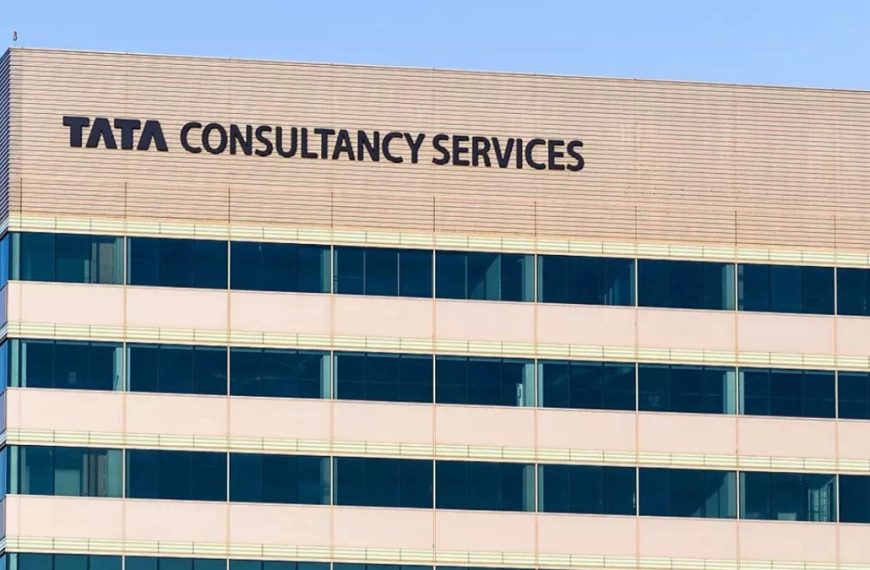Nandan Nilekani, co-founder of Infosys and a key architect of India’s digital landscape, anticipates a significant surge in the startup ecosystem. He predicts that the number of startups will increase by 20% annually, potentially reaching one million within the next decade. This growth is driven by a wave of entrepreneurship as professionals from established companies venture out to launch their own businesses.
Current Startup Landscape in India
At present, India boasts approximately 150,000 startups, a number that is poised for substantial growth. Employees from major players like Flipkart have already set the trend, with 44 new startups emerging from its former workforce, collectively valued at a staggering $25 billion.
- 150,000 startups currently in India
- 44 startups founded by ex-Flipkart employees
- Combined valuation: $25 billion
The Unicorn Effect
Nilekani pointed out that around 100 unicorns have spurred the creation of nearly 2,000 funded startups. He likened this phenomenon to "binary fission," where existing startups catalyze the emergence of new ones. Speaking at an event hosted by Arkam Ventures, he emphasized that strategic initiatives could elevate India’s growth rate from 6% to 8%, paving the way for an $8-trillion economy by 2035.
Future of IPOs in India
As these startups expand and seek funding through public markets, Nilekani envisions India becoming the world’s top destination for Initial Public Offerings (IPOs) by 2035. Currently, India ranks as the second-largest IPO market, trailing behind the United States. In 2024, the Indian IPO market achieved a remarkable milestone, raising $20.5 billion.
- India’s IPO market: $20.5 billion in 2024
- Currently the second-largest after the US
- Potential to become the top IPO market by 2035
Rising Retail Investor Participation
This impressive growth is attributed to a notable increase in retail investor participation. With about 100 million unique equity investors, the landscape is rapidly evolving. According to recent findings from the Economic Survey, the monthly average gross Systematic Investment Plan (SIP) flows have more than doubled over the last three years, reaching Rs 23,000 crore in FY25.
Building a Digital Future
Beyond the startup boom, Nilekani stressed the importance of developing open-source AI models tailored for India’s diverse languages and dialects. This initiative aims to create scalable, cost-effective digital infrastructure similar to the existing Digital Public Infrastructure (DPI).
- Target: Increase UPI users from under 500 million to 1 billion in the next decade
- Emphasis on low-cost, high-volume infrastructure development
With the combination of improved network coverage and affordable smartphones, India is on the brink of a digital revolution that could redefine its economic landscape.
For those looking to stay updated on the evolving startup ecosystem, explore more about AI investment strategies and the impact of digital infrastructure on economic growth.











